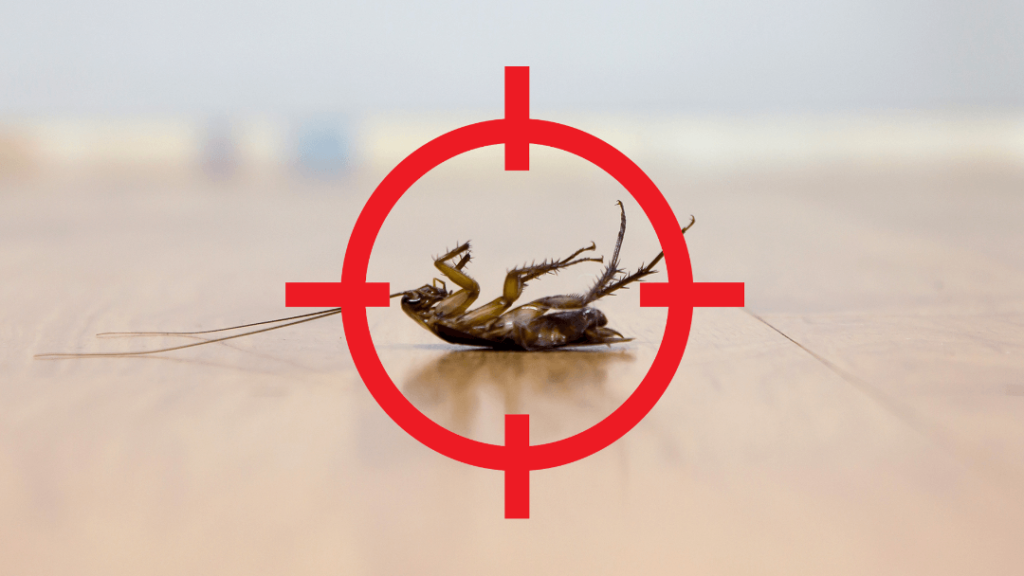Effective roach treatment plans are essential for eliminating infestations and ensuring they do not return. Roaches, known for their resilience and ability to thrive in various environments, require a strategic approach to eradicate completely. A customized treatment plan considers the specific circumstances of the infestation, the type of roach involved, and the environment in which they are found. The first step in designing a customized roach treatment plan is a thorough inspection. Professional pest control experts conduct a detailed assessment to identify the extent of the infestation and determine the species of roaches present. This information is crucial as different species may respond differently to various treatment methods. Once the assessment is complete, the next step involves devising a treatment strategy tailored to the situation. This strategy often combines multiple approaches to ensure comprehensive eradication and prevention of future outbreaks. Common components of a customized roach treatment plan may include:
Identification of Problem Areas: Pinpointing areas where roaches congregate or where signs of their presence are evident is crucial. Kitchens, bathrooms, basements, and utility rooms are typical hotspots. By identifying these areas, targeted treatment can be applied effectively.
Application of Effective Treatment Methods: Depending on the severity of the infestation and the species involved, treatment methods may vary. These can include insecticide sprays, baits, dusts, and gels formulated to target roaches specifically. The choice of treatment method is informed by factors such as safety concerns, effectiveness, and environmental impact.

Integrated Pest Management IPM Techniques: An IPM approach combines various strategies, including sanitation practices, habitat modification, and exclusion methods. Sanitation involves eliminating food and water sources that attract roaches, while habitat modification aims to reduce their hiding places. Exclusion techniques seal off entry points to prevent roaches from entering the premises.
Monitoring and Follow-Up: After initial treatment, monitoring is essential to assess the effectiveness of the measures taken. Follow-up inspections and treatments may be necessary to ensure that the infestation has been completely eradicated and to address any new activity promptly.
Education and Prevention: Educating clients about roach behavior, prevention tips, and early detection signs empowers them to participate actively in maintaining a roach-free environment. Prevention strategies may include regular cleaning routines, proper food storage, and maintenance of plumbing and structural integrity.
Environmental Considerations: Concerns about the impact of treatments on the environment and human health guide the selection of products and hornet pest control methods. Choosing low-toxicity options and applying treatments judiciously minimize risks while effectively controlling roach populations.
Documentation and Reporting: Detailed documentation of the treatment plan, including findings, actions taken, and recommendations for ongoing maintenance, ensures transparency and accountability in pest management practices.